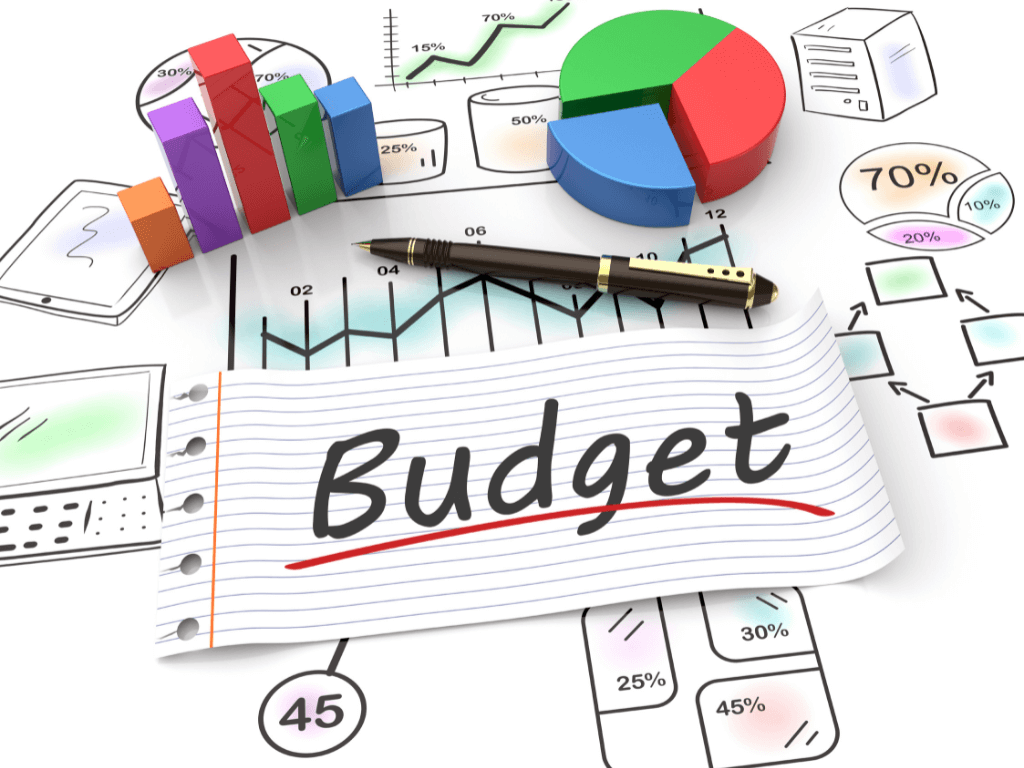How to Plan a Marketing Budget: A Comprehensive Guide

- What is the Meaning of Budget in Marketing?
- Why is Marketing Budgeting Important?
- How to Create an Effective Marketing Budget
- How do I Find the Right Marketing Channels for My Business?
- What marketing budgeting tools can I use?
- What is the Process of Setting a Marketing Budget?
- How to Plan a Marketing Budget
Many marketing departments have a difficult time with marketing budgeting. This is not surprising, as marketing budgets are tricky to plan, and it’s natural for marketers to feel overwhelmed by the task.
But marketing budgeting doesn’t need to be scary! This article will explore how marketing budgets work in general and what they mean in marketing specifically.
We’ll also provide an easy-to-follow guide on how you can create the marketing budget that will help you meet your company’s goals effectively while still giving yourself enough room for creativity without going over your allocated funds.
What is the Meaning of Budget in Marketing?
The marketing budget is the amount of money you have to spend on marketing activities during a specific period.
It’s generally recommended that your marketing budget be broken up across several different marketing channels, including paid advertising campaigns (such as Facebook ads), email marketing initiatives, content creation, brand awareness/thought leadership opportunities, trade shows, marketing events, and more.

Why is Marketing Budgeting Important?
Budgeting in marketing is essential because it helps you understand how much money your marketing department has to spend on marketing activities.
This will help you determine which channels and campaigns are a good fit for your company, along with helping keep track of what was spent where so that if the campaign didn’t go as planned or something unforeseen happens, you’ll have a better understanding of what marketing activities have been affected.
It’s a valuable tool for establishing objectives and targets.
Having a clear financial plan aids in the development of realistic targets and objectives that help your business grow.
You may create more reasonable expectations for various marketing channels based on your budget, as well as understand how much money you’ll need to make your marketing efforts pay off.
It may help you make long-term plans.
Planning ahead of time for your marketing budget in 2023 allows you to have more certainty and develop a longer-term strategy for your marketing.
This long-term viewpoint helps you avoid fighting for additional marketing money throughout the year and stopping campaigns owing to spending fluctuations.
While you want to make sure your budget is flexible, a long-term funding plan will also help you avoid shortfalls and marketing surprises.

How to Create an Effective Marketing Budget
Creating a marketing budget isn’t just about knowing how many operational costs you’re allowed to spend.
It’s also about explaining why your marketing department has chosen the channels and campaigns that they did for each item on their marketing plan.
This means that marketing budgeting is an iterative process, where you’ll go through several drafts before coming to a final marketing budget that your marketing department can agree on.
How do I Find the Right Marketing Channels for My Business?

The best way to find out which marketing channels are right for your business is by researching what other companies in your industry are doing.
You can also talk to marketing experts in your area and ask them what marketing channels they recommend for companies like yours.
This will give you an idea of the marketing channels that work best for reaching potential customers and help you narrow down which marketing campaigns might be a good fit for your company’s budget.
What marketing budgeting tools can I use?
Some marketing budgeting tools are available to help you keep track of where your marketing dollars go and what marketing channels have been the most successful.
Some examples include HubSpot’s Marketing Grader, which enables you to figure out how well your current marketing activities stack up against other companies in your industry, and marketing attribution software like Attentive.io or Google Analytics, which will help you determine how effective your marketing campaigns have been at reaching new customers.
What is the Process of Setting a Marketing Budget?

There are three main steps to marketing budgeting: forecasting, allocation, and communication.
First, you need to forecast how much operational costs will be available for marketing during your chosen period. Usually, this means monthly or quarterly (though if you’re launching a marketing campaign, you should set aside funds for the first few months before pulling back on marketing spending).
Then, you need to allocate your marketing budget across all of your marketing activities.
Next, you can use tools like Google Analytics and HubSpot’s free marketing analytics reports to determine which channels are most effective for promoting conversions (i.e., turning website visitors into leads and eventually customers). And finally, you need to communicate your marketing budget with other departments in the company.
This ensures that any marketing strategies developed by sales or customer service are aligned with marketing goals.
How to Plan a Marketing Budget
Establish sales cycle
It would help if you created your sales funnel at the outset of your marketing budget breakdown. Because it influences where you’ll spend your money, creating a sales funnel is essential for your marketing budget.
Make sure your budget is in line with your marketing objectives.
Your intended goal will determine the amount you spend and where you spend it. So, while creating your marketing budget, make sure you’re only spending funds on necessary items for achieving your present marketing objectives — objectives decided based on your target audience’s journey from prospect to customer.
Break down marketing campaigns by channel.
To make sure you’re spending your marketing budget in the most effective way possible, it’s essential to break your marketing efforts into individual categories or channels that can be compared side-by-side with one another.
For instance, if you have a website designed for BtoC companies and one designed for BtoB companies, you’ll want to break down marketing costs for each website into categories that are relevant to the content on that site.
Identify ROI metrics.

Once your marketing budget is allocated across channels, it’s time to figure out what marketing activities have yielded a return so far and which ones haven’t paid off yet.
To do this, you need to identify marketing metrics that will tell you which marketing activities are generating ROI (if any) and then measure these metrics.




Related Posts